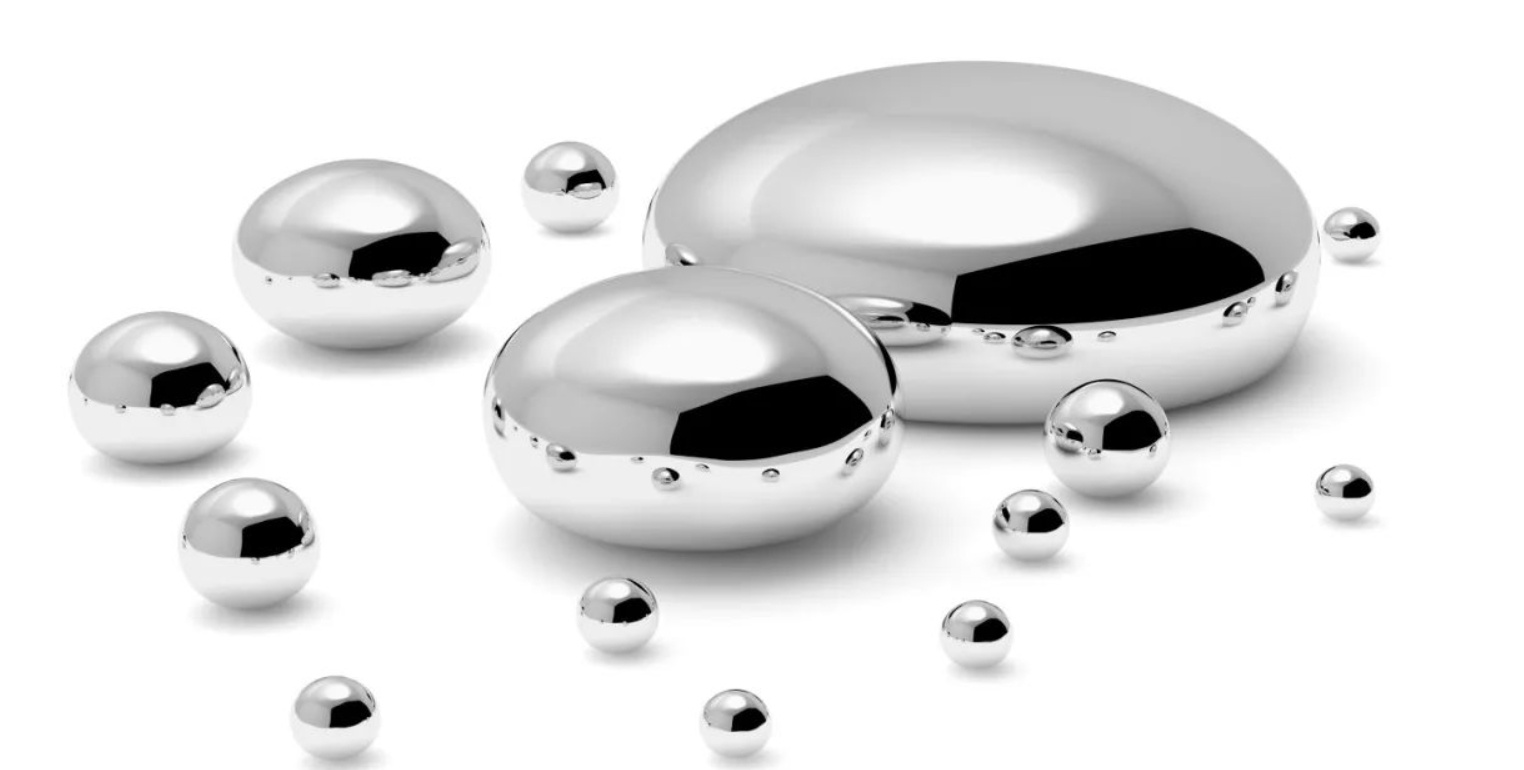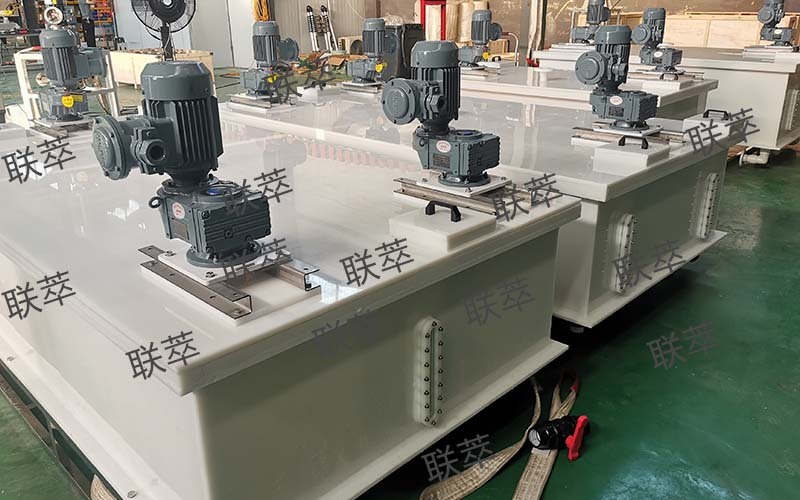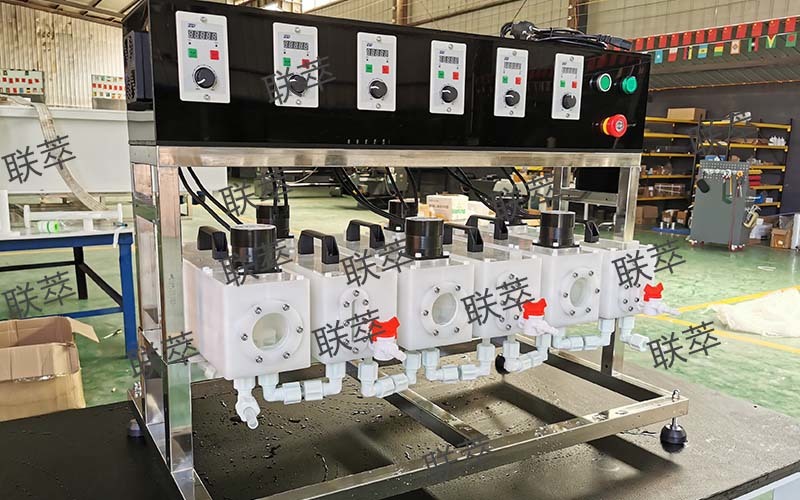News Center
social responsibility

hot line: +86 13255260239
mailbox: yaodongwang65@gmail.com
address: Room 702A11, Building 1, Jinan Science and Technology Innovation Center, Guangdong Pu Science and Technology, 500 meters southeast of the intersection of Kejia Road and Chunxiu Road, High-tech Zone, Jinan City, Shandong Province
hot line: +86 13255260239
mailbox: yaodongwang65@gmail.com
address: Room 702A11, Building 1, Jinan Science and Technology Innovation Center, Guangdong Pu Science and Technology, 500 meters southeast of the intersection of Kejia Road and Chunxiu Road, High-tech Zone, Jinan City, Shandong Province



![]() Release date:2025.01.02
Release date:2025.01.02
![]() Page view:11
Page view:11
Mercury is a kind of heavy metal element which is toxic to the environment and organisms and widely exists in industrial wastewater. Mercury pollution not only affects water quality, but also poses a threat to human health through the food chain. Therefore, the development of efficient mercury removal technology is particularly important. The combined extraction centrifugal extractor has shown its special advantages in the extraction of mercury.

Environmental characteristics of mercury
Mercury is found in water bodies mainly in the form of mercury ions (Hg² +) and methylmercury. It is highly water-soluble and not easy to degrade, and will exist in the water for a long time, leading to continuous pollution of the ecosystem. Mercury toxicity causes damage to the nervous system, kidneys and other organs, and can be fatal in severe cases, so it must be removed through effective treatment techniques.
Operation mechanism of combined extraction centrifugal extractor
The combined extraction centrifugal extractor can effectively separate mercury from wastewater by using centrifugal force. After the wastewater in the equipment is rotated at high speed, mercury ions are forced to settle to the bottom due to their relatively high density, forming mercury precipitates. Its specific steps include:
1. Feed: the mercury-containing wastewater into the combined extraction centrifugal extractor.
2. Separation: The equipment rotates at high speed, and the mercury precipitates under the action of centrifugal force.
3. Collection: The mercury precipitates after settling can be collected regularly and treated later.
Optimized extraction conditions
In order to ensure the efficient extraction of mercury, the following key parameters must be optimized:
1. Centrifugal speed: Appropriately increasing the speed can enhance the settling speed of mercury, and it is usually recommended that the speed is between 4000-8000 rpm.
2. Treatment time ** : According to the experimental conditions, the appropriate extension of treatment time can improve the extraction rate of mercury, usually recommended between 20-40 minutes.
3. pH adjustment: Adjusting the pH value of the wastewater can improve the precipitation efficiency of mercury, which is usually more conducive to the removal of mercury under acidic conditions (pH 4-6).


Follow-up treatment and resource recovery of mercury
The mercury precipitate formed after extraction can be further treated and recycled by roasting and other methods. Mercury recovery can not only reduce environmental pollution, but also contribute to the economy. Therefore, paying attention to the extraction and recovery of mercury is an important link to realize the resource management of wastewater.
The application of combined extraction centrifugal extractor to extract mercury from wastewater provides an efficient and convenient solution for mercury pollution treatment. With the increasing of environmental protection requirements, this technology has a broad application prospect in the field of wastewater treatment.
Hot spot
Welcome to contact you by phone
Working hours(8:30-20:30)Enquiry hotline
+86 13255260239
Pay attention to customer service wechat
Working hours(8:30-20:30)

